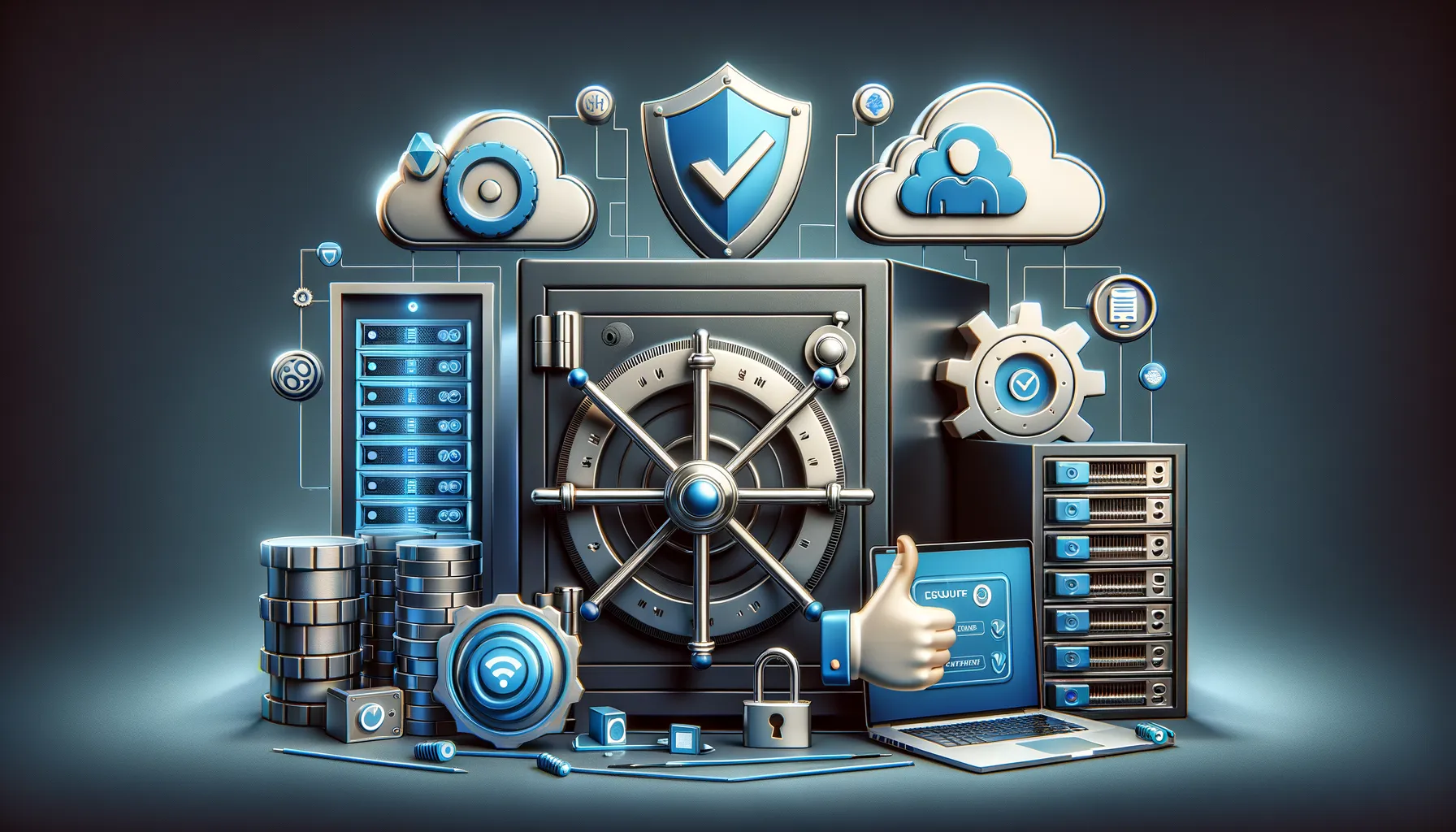Strengthening Personal Data Backup Strategies During Exchange Programs
Catch a CheaterUnderstanding the Importance of Data Backups for Exchange Programs
Why Backing Up Data Is a Lifesaver During Exchange Programs
Picture this: you’re halfway across the world, navigating the streets of Paris or bustling through Tokyo’s metro. Suddenly, your laptop crashes, and with it, weeks of assignments, priceless photos, and crucial program documents vanish into the digital void. Terrifying, right? This is exactly why having a solid data backup plan is not just an afterthought—it’s your safety net.
Exchange programs are thrilling, but the unpredictable nature of travel and unfamiliar environments increases the risk of losing your data. Think about it: new devices, spotty Wi-Fi, and cultural differences in tech support can make data recovery feel like finding a needle in a haystack. A backup isn’t just a box to tick; it’s your personal lifeline to peace of mind.
- Unexpected mishaps: Spilled coffee on your laptop? Oops. Lost your phone in a cab? Been there. Backups save you when accidents strike.
- Cross-border compatibility: Access your files regardless of where you are—even if your device speaks another language.
In a sense, having a backup strategy during an exchange program is like packing an extra set of keys for your car. You may not need them every day, but when you do, you’re beyond grateful they’re there.
Building a Robust Data Backup Plan

Why Your Backup Plan Needs to Be Bulletproof
Picture this: you’re on the adventure of a lifetime during your exchange program, capturing breathtaking sunsets, academic milestones, and spontaneous moments with friends. Suddenly, your laptop crashes or your phone vanishes. What happens to all the memories and work stored there? If that thought makes your stomach drop, it’s time to craft a backup plan as strong as steel.
Creating a robust backup strategy isn’t just smart—it’s essential. To start, assess your most critical data: study materials, irreplaceable photos, passport scans, financial records. Prioritize these, because not all files deserve the same level of protection. Next, consider the “3-2-1 rule”:
- Keep three copies of your data (primary + two backups).
- Store them on two different media types (like an external drive and cloud storage).
- Ensure one copy lives off-site—safe from theft or device failure.
Working Smarter, Not Harder With Automation
Manually backing up data? That’s yesterday’s game. Automate it instead! Many tools, like Google Drive or OneDrive, let you schedule automatic backups seamlessly. No stress, no forgotten tasks—just peace of mind. And don’t forget encryption—protect that data like a hidden treasure chest, keeping your privacy intact even if files fall into the wrong hands.
Best Practices for Securing Your Backup Solutions

Locking Down Your Digital Safety Net
Imagine your backups as your safety net during a daring trapeze act. Without the right security, that net could snap when you need it most. So, how do you ensure your backup solutions are ironclad? Start by prioritizing encryption like your life depends on it—because, in the world of data, it kind of does. Whether it’s Google Drive or an external hard drive, ensure files are encrypted at every stage: during transfer *and* when sitting idle.
Another smart move? Use multi-factor authentication (MFA). It’s like adding a deadbolt to your digital doors. Even if someone cracks your password, MFA ensures they’ll hit yet another frustrating barrier. Bonus points for using biometrics if your backup service supports it.
Avoiding Digital Landmines
Your backup isn’t safe if it’s sitting on a device swimming in malware. Keep your devices squeaky clean with trusted antivirus software and regular scans. Updates may feel like a chore, but they patch vulnerabilities hackers love exploiting. Don’t forget: physical safety matters too.
Treat your backups like precious cargo, because they are.
Top Tools and Technologies for Effective Data Backups

Game-Changing Backup Tools You’ll Want in Your Arsenal
When it comes to safeguarding your files while living the adventure of an exchange program, not all tools are created equal. Some are clunky, others unreliable, and a few? Absolute lifesavers. Here’s a rundown of the tech that can transform your data backup strategy from meh to magnificent.
- Cloud Storage Titans: Options like Google Drive, Dropbox, and OneDrive offer seamless synchronization. Snap a photo at sunrise on your trip? It’s already waiting in the cloud before your coffee cools.
- External Hard Drives: For those who like things old-school yet bulletproof, devices from brands like Western Digital and Seagate deliver speed and security. Bonus: No internet? No problem.
- Automatic Backup Apps: Why risk forgetting? With tools like Backblaze or Acronis Cyber Protect Home Office, you can automate everything and breathe easier knowing your data is handled on autopilot.
Why Smart Technologies Take the Stress Out of Backups
Ever feel like managing backups is just another chore? The beauty of today’s tech lies in its intelligence. Picture using AI-enhanced tools like Macrium Reflect or EaseUS Todo Backup. These solutions don’t just save your files; they anticipate trouble, detect storage failures, and self-optimize based on usage patterns. It’s like having a digital guardian watching over your data while you focus on making memories abroad.
Ongoing Maintenance and Monitoring of Data Backup Systems

Keeping Your Backup Systems in Top Shape
Picture this: your data backup system is like a trusty safety net, but even the most reliable net needs some upkeep to stay strong. Ongoing maintenance and monitoring aren’t just tasks; they’re the heartbeat of a system you can count on when it matters most.
The reality? Backup systems don’t run on autopilot forever. Hard drives age, software updates roll out, and sometimes, the unthinkable happens—a backup doesn’t restore as expected! This is exactly why regular check-ins are non-negotiable.
Here’s what should be on your radar:
- Backup Verification: How do you know it works if you never test it? Simulate a restoration every now and then—treat it like a fire drill for your peace of mind.
- Security Updates: Technology moves fast, and vulnerabilities show up unexpectedly. Regularly updating tools keeps hackers away from your precious files.
- Storage Space Management: Overloaded devices slow down or fail. Clear out backups that are obsolete or duplicate.
Staying Ahead with Proactive Monitoring
You wouldn’t drive a car without glancing at the dashboard occasionally, right? Think of monitoring your backup system the same way. A simple alert system—like emails or app notifications—can become your new best friend. For example, if your cloud storage starts nearing its limit, an early heads-up gives you time to react without panic.
And don’t forget about trends. If usage spikes or errors creep in, dig for the root cause. Staying curious and engaged with your system ensures that when life throws a curveball, your backups are ready to step up.
